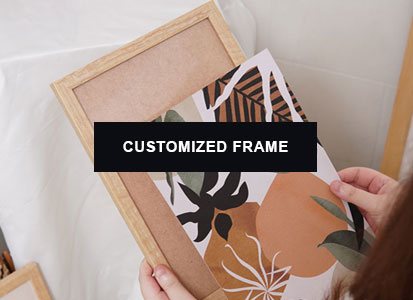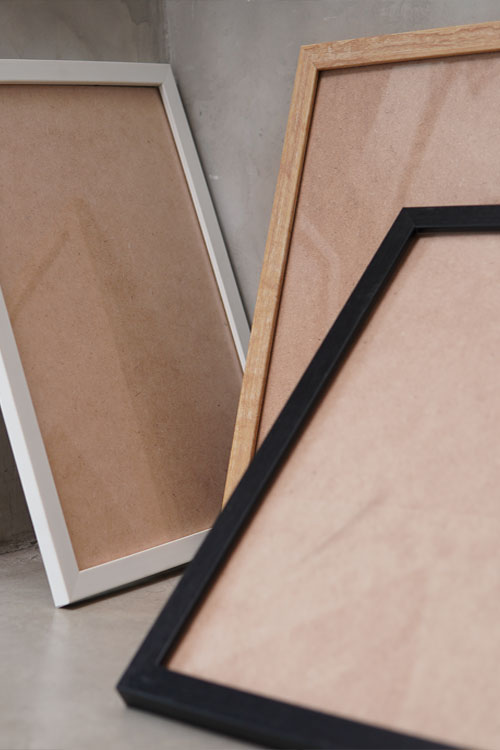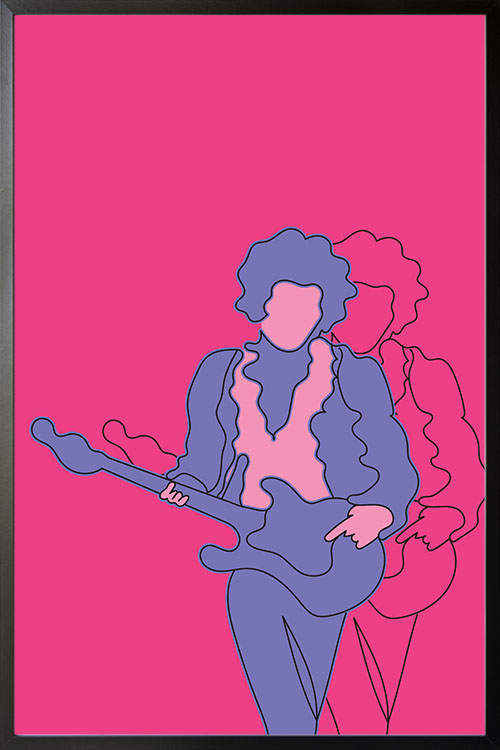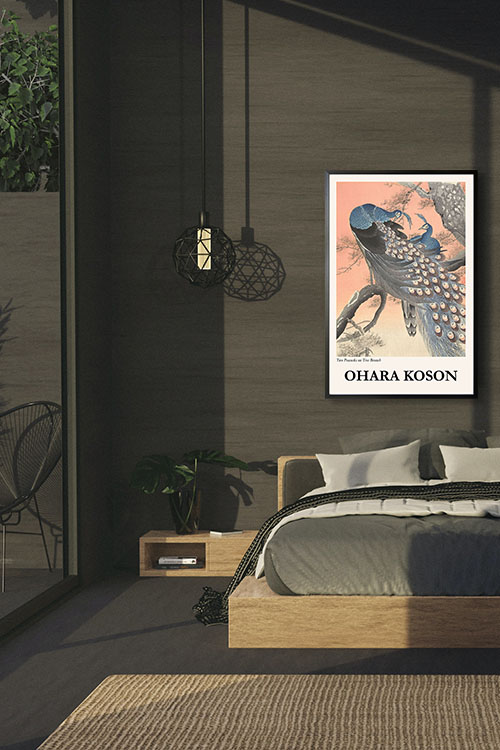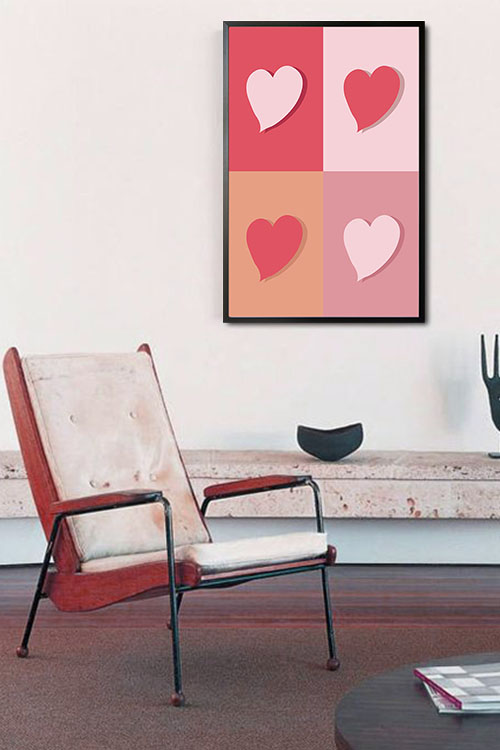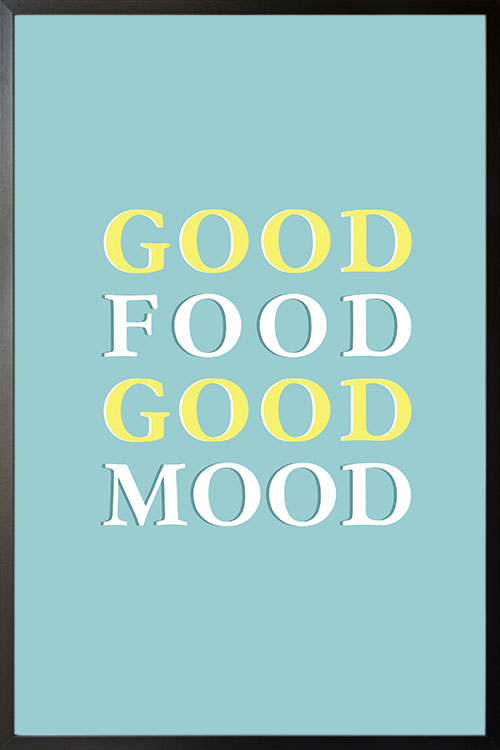
The design of the wall can represent your personality. Many homeowners focus on decorating the walls of the living room and bedroom that sometimes they tend to neglect one of the most important rooms. The kitchen wall deserves the same treatment as those of the other rooms. After cleaning the cabinets and counters, it is time to visualize how your kitchen will look. There are many ways to upgrade the overall appearance of your kitchen. Personalize it by making the walls look dazzling. Cool wall art is one of the best things to consider if you are planning to bring your kitchen to the next level.
Wooden wall decors for a modern appeal
In many homes, a modern kitchen has a minimalist feel sleek, and chic appearance. Expect to see features like flat and respective surfaces and geometric details. Natural materials not only make the kitchen look modern. But they also add depth to them. Add other decorative items like frosted glass to enhance the materials and achieve a classic with a traditional vibe.
Add plants for a refreshing look
Neutral hues are common in modern kitchen walls. For some, this can be boring unless you do something about them. Plants can easily break this feel as well as the monochrome appearance of the walls. One way to add greens on the walls is with climbing plants. You can display these plants on hanging planters and let them blend with the wall. For some people who do not have time to take care of plants, botanical prints may be displayed. Framed posters of plants not only add colors to the kitchen but can likewise give it a fresh new look.
Tiles never go out of style
Wall tiles are stylish and the designs come in a wide variety of choices. It is recommended to choose kitchen wall tiles that are versatile for various future alterations.
Be innovative with wall murals
Murals are the trend these days when it comes to wall coverings and decors. Pick a theme that will reflect who you are. There is a wide range of options available and these can give you the appearance and vibe that you love.
Metals for a dazzling finish
Metals like copper, stainless steel, and brass are perfect if you want to add sophistication and visual impact to the kitchen. These materials are durable and most of them need little maintenance. Metals can also add a modern vibe to your kitchen and blend well with any interior design style.
Typography art for a cute finish
Say and display anything you want to add some cuteness to the kitchen. Personalized typography art is one of the fantastic ways to add beauty to the kitchen. Pick a typography art that will inspire or motivate you. These are just what you need to start the day right.
Be traditional with food art
There is nothing wrong if you want to be a little traditional. Display some food art in the kitchen to add some colors and accents to the walls. Posters of fruits and veggies have been displayed in kitchens and dining rooms over the years. A large piece of framed art of food is enough to add character and focal point in the kitchen.
